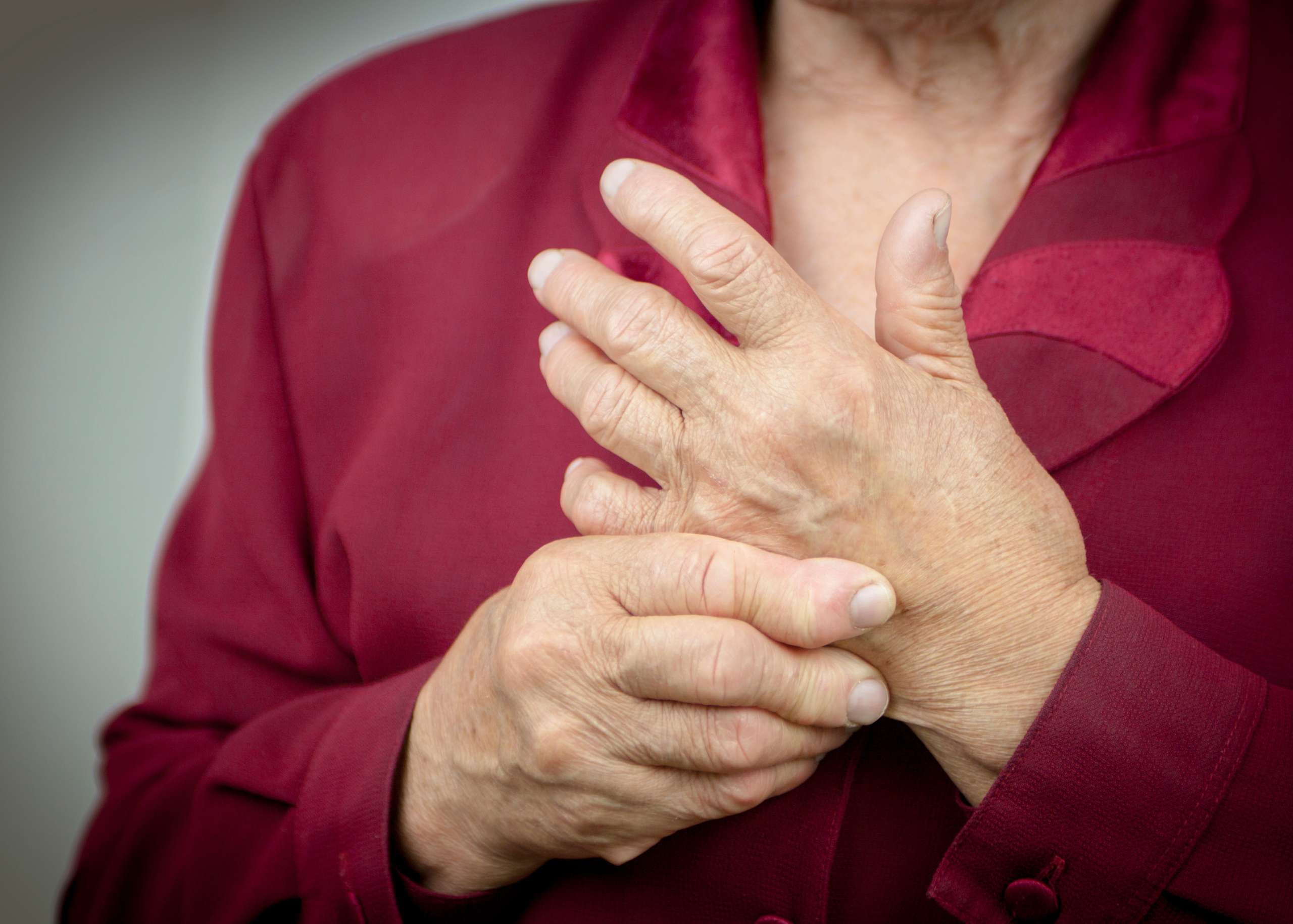What is Arthritis of the Hand?
Arthritis of the hand is an inflammatory condition that causes pain, swelling, and stiffness in the joints of your hands. It most commonly affects people over 50 but can occur at any age.
The joints of your hands are made up of bones covered by a layer of cartilage. Cartilage acts as a cushion between the bones to help them move smoothly. When you have arthritis, this protective cartilage breaks down and wears away from use over time. Eventually, this can cause bone spurs or bony growth around the affected joint.
Arthritis of the hand may affect one or more joints in your fingers or thumb. This can result in pain and stiffness, making it difficult for you to move your fingers or thumb normally.
How Does Arthritis Affect the Hand?
Arthritis of the hand can devastate a person’s quality of life. The joints in hand are small and unstable, which makes them vulnerable to injury and degeneration. When arthritis becomes advanced, it can cause severe pain and deformity.
What are the Causes of Arthritis of the Hand?
The exact cause of arthritis is not known, but several factors may contribute to its onset:
Age: As you age, your body will naturally break down and become less efficient at fighting off an infection or repairing itself. This can lead to inflammation in joints where there is no longer enough tissue to repair them.
Genetics: If you have family members who suffer from arthritis, you’re more likely to develop it. This is because genetics affect how your body responds to injury or infection.
Injury: Inflammation can occur after an injury such as falling on an outstretched hand or wrist injury from sports like tennis or golfing, which puts significant stress on your joints.
Obesity: Being overweight puts extra pressure on your joints because they are not designed to carry this additional weight.
What is Rheumatoid Arthritis of the Hand?
Rheumatoid arthritis of the hand is a painful condition that can cause significant disability. It’s usually caused by an autoimmune disorder, in which your body attacks itself for no apparent reason.
Rheumatoid arthritis causes swelling, pain, and stiffness in the joints. It can also cause other symptoms, such as fatigue, fever, and weight loss. The symptoms may vary from mild to severe. There are several types of rheumatoid arthritis, including symmetric polyarthritis (SP), asymmetric polyarthritis (AP), systemic onset juvenile idiopathic arthritis (JIA), vasculitis-related polyarthritis (VRA), seronegative symmetric polyarthritis (SSP) and seronegative asymmetric polyarthritis (SAP).
What is Psoriatic Arthritis of the Hand?
Psoriatic arthritis of the hand is a form of psoriatic arthritis, an autoimmune disease that causes inflammation in joints and other tissues. It can affect any joint but most often affects your hands, wrists, knees, and feet. It can cause pain and swelling in your fingers and hands, worsening with time. If you have psoriatic arthritis of the hand, you may find it hard to use your hands for daily activities such as writing or opening jars.
The exact cause of psoriatic arthritis is unknown. However, it’s thought that genes play an important role because people who are related may be more likely to develop this condition. Other factors like smoking or drinking alcohol may also contribute to developing this condition.
What is Osteoarthritis of the Hand?
Osteoarthritis of the hand is a medical condition that causes pain, stiffness, and swelling in your joints. It can be caused by previous injuries or overuse.
The condition typically affects people over age 50. You may experience pain in the front and outside of your hand near your knuckles. The joint that’s affected most is usually the one you use most often, such as a finger or thumb joint.
Osteoarthritis of the hand can also cause stiffness in your fingers and wrist and swelling around your joints. If you have osteoarthritis of a finger joint, it may feel like a lump under your skin when you touch it.
What Parts of the Hand are Most Affected by Arthritis?
Arthritis can affect any part of the hand, but it most commonly affects the joints. The joint most affected by arthritis is the wrist, followed by the knuckles, joints in the fingers and thumb, and the small joint at the base of each finger (called a carpometacarpal joint).
What are the Symptoms of Arthritis in the Hands?
Arthritis of the hands can cause pain, swelling, and stiffness in the joints. The symptoms get worse with age and can affect how you use your hands.
The following are some common symptoms of arthritis in the hands:
- Pain – Arthritis is typically felt in the joints but can also be felt outside.
- Swelling occurs when fluid collects around your joint or between two bones.
- Stiffness can occur if you have arthritis in one or more joints because muscles around stiff joints tighten to support them.
- Tingling sensations – You may feel tingling sensations that radiate from your fingertips to other parts of your hand and coldness in one or more fingers or both hands at once.
How is Arthritis of the Hand Diagnosed?
Arthritis of the hand is diagnosed by a physical exam and sometimes X-rays if there are signs of inflammation or other problems.
The doctor will usually check for tenderness, swelling, or deformity in the joints. X-rays can show how badly arthritic changes have affected bone structure.
If you’re experiencing pain or stiffness in your hands and wrists, see your doctor for an evaluation.
How is Arthritis of the Hand Treated?
Arthritis of the hand can be treated with a variety of methods. The Goals of treatment are to:
- Decrease joint pain and stiffness.
- Improve mobility and function.
- Increase your quality of life.
- In the case of rheumatoid or psoriatic arthritis, to slow the progression of the disease.
One way to treat this condition is through medication. The medications help reduce inflammation and pain in the joints and slow down damage to the cartilage.
Another treatment option for arthritis of the hand is physical therapy. Physical therapy can help improve flexibility and strength in your hands, which helps decrease pain and stiffness from arthritis.
A third treatment option for arthritis of the hand is surgery. This may be necessary if other treatments fail or if there are complications from your disease, such as loss of function in one or more fingers due to joint damage caused by arthritis in those fingers. The two most common types of hand arthritis surgery are:
- Fusion/Arthrodesis: This involves removing parts of the finger bones and replacing them with metal or plastic implants. This prevents movement between the bones, so there’s no pain.
- Arthroplasty: This is a more complex procedure where the end of each finger bone is removed and replaced with a metal rod or plate. The rod or plate helps stabilize the joint, relieves pressure on the nerves, and restores movement to your fingers.
When the joints in your fingers and thumbs are affected by arthritis, it can be painful and difficult to use your hands, making everyday tasks more challenging. Our hand surgeons at Burjeel Hospital for Advanced Surgery in Dubai, UAE have years of experience treating arthritis and other conditions affecting your hands. They will work closely with you to determine the best treatment plan for your needs. If you suffer from arthritis of the hands or have questions about our services, please contact us today!


























































